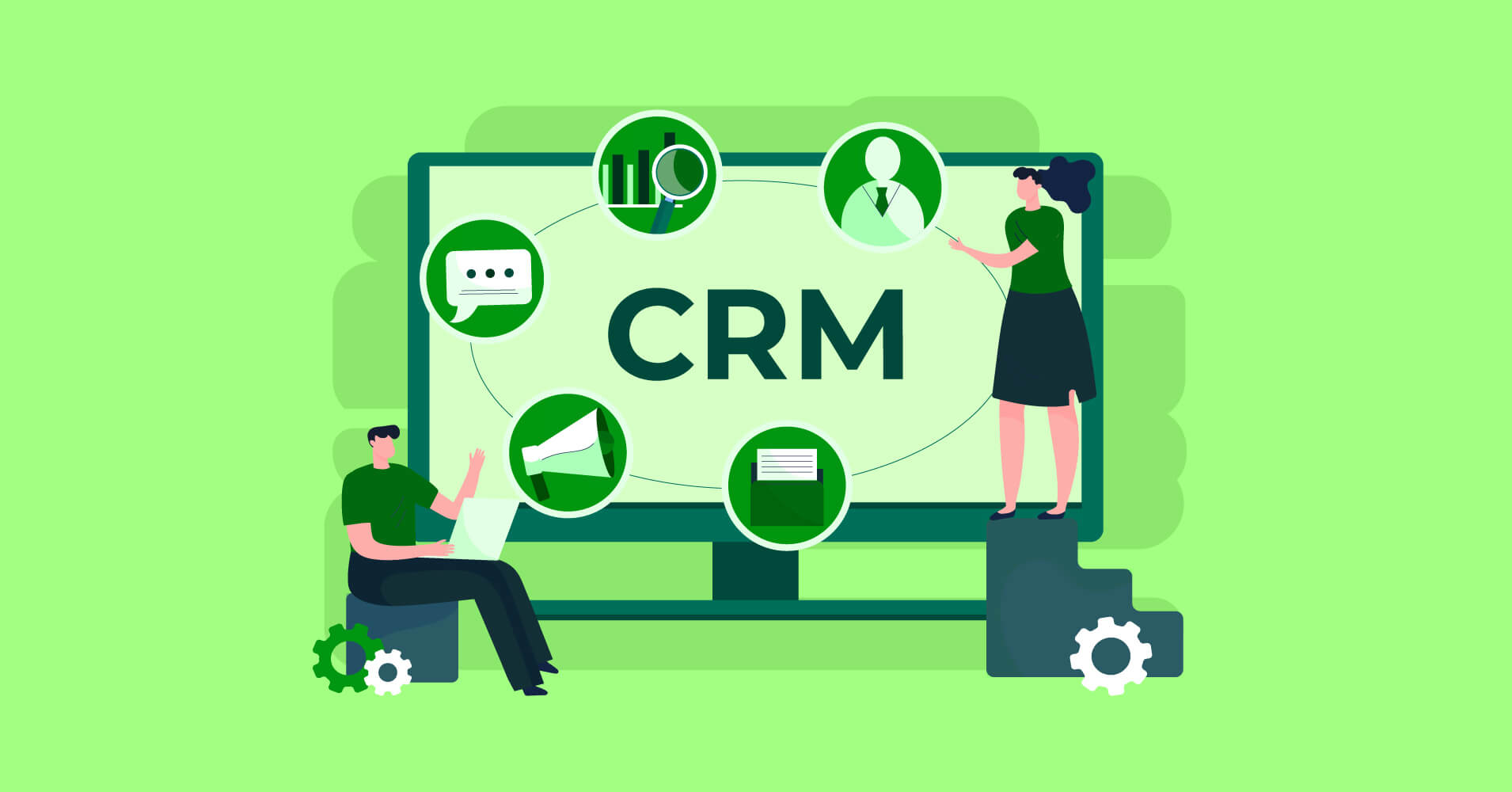
Steps in the CRM Process
By Rasel Siddiqe
October 17, 2022
Last Modified: November 28, 2024
CRM or Customer relationship management is one of the crucial divisions in a business. It’s responsible for all the interactions a customer has with your business. From prospecting your brand to becoming an advocate, customer relations enables you every step of the way.
In general, CRM is the broad approach of guiding a potential customer towards becoming a loyal one. On paper, it seems pretty simple, but in reality, customer relations is a challenging sector for any business. In fact, businesses like to think of it as a multistep process of guiding the customer toward a desired state. This helps to evaluate each step on its own and pinpoint where the process is falling behind.
The process, aptly named the CRM process is going to be the topic of this article. Along with that, we’ll look at all the steps in the CRM process. We’ll also briefly cover the best practices for each step along the way. So let’s get started.
The CRM process definition
Simply put, the CRM process is the step-by-step method of driving customers from finding your business to becoming loyal patrons. The process involves distinct steps with varying purposes. If you think in broad terms, each step of the process can involve a whole team inside a business. Rarely will you find companies that have individuals working from the start to finish of the process, and rightfully so.
This is why, I prefer to divide the process into segments that reflect the team that will work on that step. Makes compartmentalization easier and easier to evaluate. Here’s the process as I prefer to segment it.
Steps in the CRM process
So let’s get started with the CRM process steps. Before we get to individual steps, let’s check out why dividing based on teams works.
Marketing; The first steps are primarily the job of the Marketing team. They’re the ones responsible for reaching out to customers and bringing exposure to the brand. Their success depends on how well they can convince and prepare a lead so that later steps are smooth.
Sales; The sales team actually has to enable the crucial step of turning a lead into a customer. This is also known as Conversion, and it’s the primary responsibility of the sales team.
Service; The service team (or support team depending on the context) is the last piece of the puzzle. They are supposed to make sure customers are taken care of after they decide to make the purchase. This step is particularly important because it has the potential to feed back into the process.
Now let’s check out what each step in the CRM process achieves.
Building Awareness
The step that gets the whole process rolling is building brand awareness. Most of this depends on the marketing team. It’s their responsibility to showcase your brand and its offerings to the market. It’s the initial contact a customer is supposed to have with your brand. This first interaction sets the tone for all the later steps.
The primary goal of this step is to make the prospects aware of your brand. It’s not just about highlighting the product. Rather, it’s about creating an image of the business that will stick with the audience.
The methods used to develop brand awareness include,
- Developing Buyer Persona
- SEO for relevant Keywords
- Content planning
- Social Media
The buyer persona is an imaginary profile for the ideal customer. All of the awareness building that you’ll do will depend on the persona, so it’s the first step of the whole process. This persona also provides a framework for the later steps as well. We’ll briefly cover developing the persona here. In many ways, it’s similar to customer profiling. The basic steps of creating a buyer persona include,
- Creating the ideal buyer descriptions
- Identifying pain points & solutions
- Finding out where these people are
Provide customer solutions through one-to-one communications right from your help desk software.
Acquisition
Acquisition is the process of gathering and preparing leads for the sales team. It’s how a prospect enters your conversion funnel. This is also a marketing responsibility. Acquisition, or the acquisition funnel, in and of itself is a complex process, broadly divided into three phases called,
- Lead Generation
- Lead Acquisition
- Lead Conversion
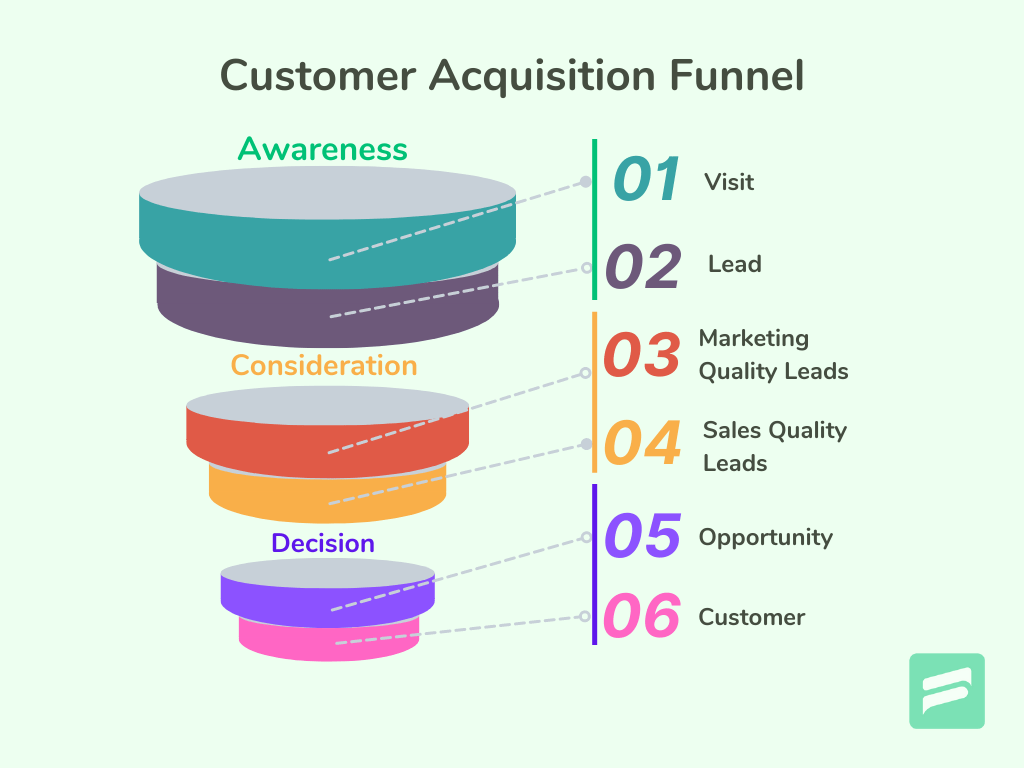
Each stage of the acquisition process is crucial to delivering marketing-qualified leads and turning them into sales-qualified leads for the sales team to work with. The prime goal is to find the most likely prospects and hand them over to the sales team.
There are several methods used by businesses to acquire leads. Usually, the methods depend on the industry and product, so there is no one size fits all method. In general, acquisition involves,
- Develop and Segment lead profiles
- Find channels best suited for Acquisition
- Provide Call to Actions
Nurture
Once the lead is acquired and handed over to the sales team, we’re finally out of the marketing field. Now it’s time for the sales team to kick in. Lead nurturing is the process of preparing an “interested” lead into a “convinced” lead. It’s the crucial step that actually makes people commit to the product. Sales conversion is deeply affected by how well the leads are nurtured.
The thing that matters here is providing all the supporting information a person might need to make the final purchase decision. The most common methods used to nurture leads are,
- Educate customers
- Offer CTA
- Reduce Options
The best way to provide these to your leads is through email sequences. A good CRM system will let you segment and track leads and let you send nurture emails. These emails are the way you provide knowledge, actions, and options to your leads.
Conversion
Now that your newly acquired leads are nurtured it’s time to push the sale. This is the most important step for every business because this is when the previous steps pay off (like literally!). The conversion process isn’t a step that needs much effort. If the previous steps are done properly, leads in this step should be primed to make the purchase decision. All salespeople need to do is nudge a little in the right direction.
These nudges usually include,
- Case Studies
- Pain-point solutions via your product or service
- User reviews
All of these are meant to sway the lead towards making the purchase. This step, although straightforward, can take up most of the time, simply because not all leads are ready for the sales push at the same time. In that case, you’ll have to consider the level of interest and cater your sales push accordingly.
Retention
Now that we’ve overcome the most difficult and important step, the rest of the process is just building on it. Once a customer has bought from you, the sales team can finally rest. But the job is not done. Enter the service team. The rule here is that 80% of your revenue comes from just 20% of your customer base. In other words, just 20% of customers will keep returning to your business and will generate most of the revenue. The rest will be one-off purchases.
The service team’s job is to retain customers and reduce the customer churn rate (aka, the rate you lose existing customers). The service team achieves this by making it easy to use your service or product. This is also called customer onboarding.
The retention step defines the relationship the customer is going to have with your business in the long haul. So when your service team cares about customers and makes them feel valued, they are more likely to trust your brand and stick with it. That’s the essence of retention.
The best method for achieving this is to have an excellent Service (or, Support) team in place that conveys the brand values as well as cares for the customer’s satisfaction.
Upsell & Cross-sell
So what are you going to do with customers that stick to your business through thick and thin? Well, you upsell to them of course. If you have products that go well with a customer’s purchase you should definitely recommend that product.
The goal of upselling and cross-selling is to increase sales from existing leads. But on top of that, it’s also meant to keep customers engaged with your brand and give them a reason to stick with you.
The key methods of upselling and cross-sell strategies are,
- Understanding the hierarchy of need
- Offering special discount
- Providing seasonal offers
This not only gives you a chance to make more sales. But provide a more complete experience to the customer too further fueling the retention process.
Loyalty
So you’re done selling and then upselling to your customers. The last crucial step is to foster loyalty towards your brand. There’s a big difference between customers that are loyal and stick to your brand and those that vouch for your brand.
Word-mouth is a marketer’s holy grail. When a customer recommends a product it’s the best kind of marketing and the last step is to create customers that vouch for you.
The ultimate goal is to satisfy a customer to the point they not only believe you but put in the effort to make others believe in you too.
Most businesses use a multitude of methods to foster customer loyalty. The most common methods include,
- Referral programs
- Loyalty rewards
- Appreciate reviews
- Welcome feedback and suggestions
Wrapping up
So that covers the CRM process and all its facets. Implementing each step into your CRM strategy gives you the utmost control over your customer journey with your brand. Firstly, you create awareness in the market. This awareness feeds the acquisition process. You have to use your buyer persona to then segment these leads and evaluate them.
Once you’ve evaluated them, it’s time to nurture the leads into prospecting customers. As soon as the leads are ready for the sales pitch you should have a lot of leads to convert. After the conversion is done, it’s all about taking care of these customers to retain as much as possible. Do all of these rights, and loyal advocates will come out the other end.
That’s the CRM process for you in short. Until next time, happy serving.
Start off with a powerful ticketing system that delivers smooth collaboration right out of the box.





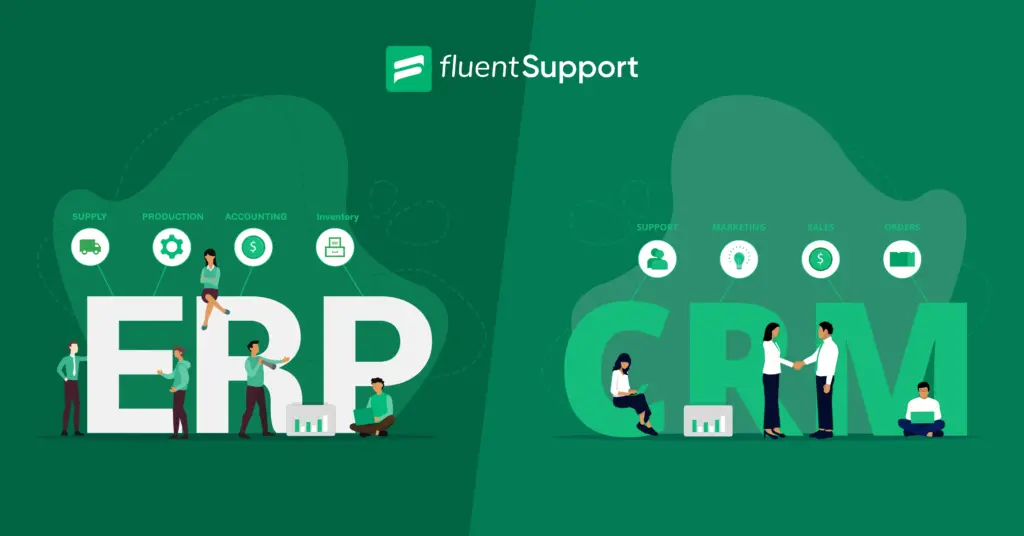
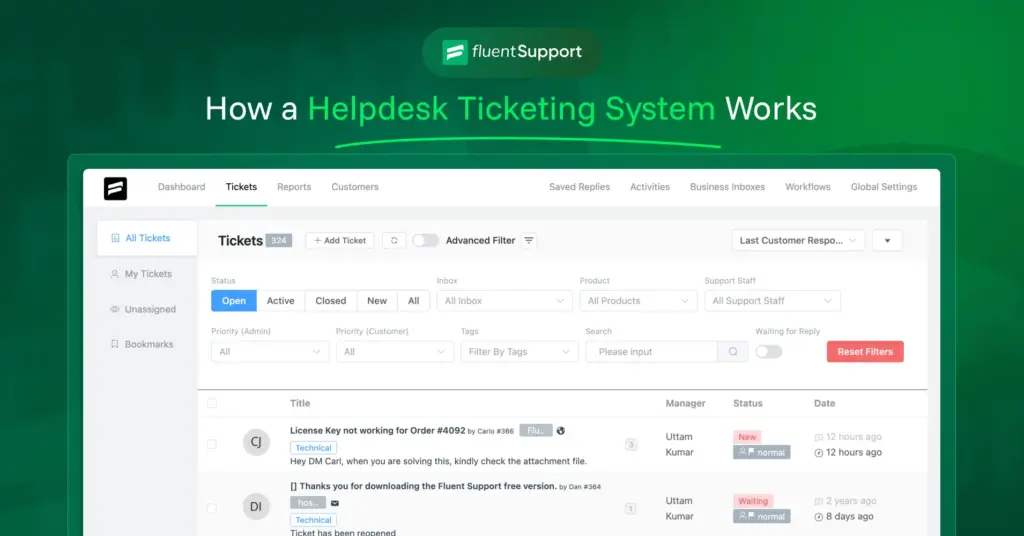

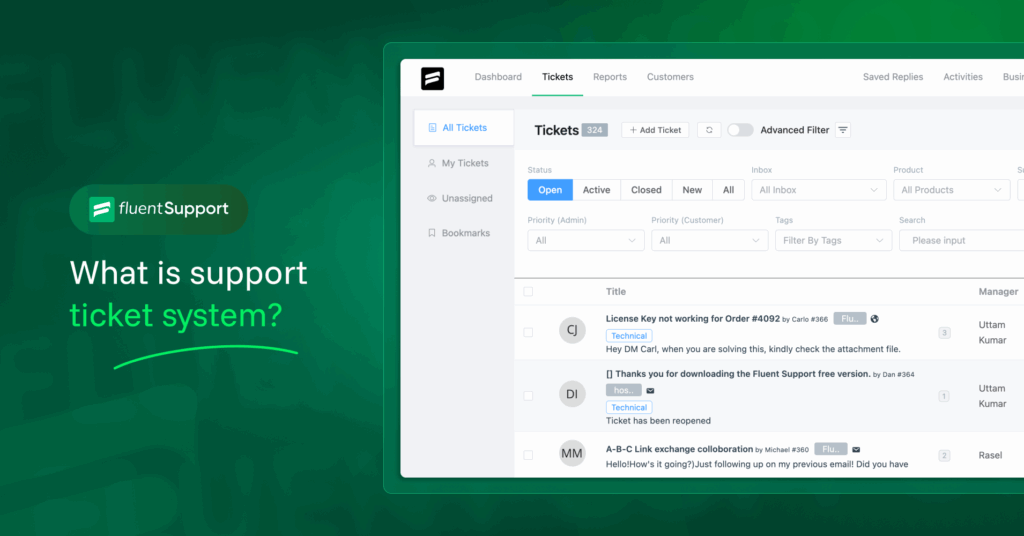



Leave a Reply